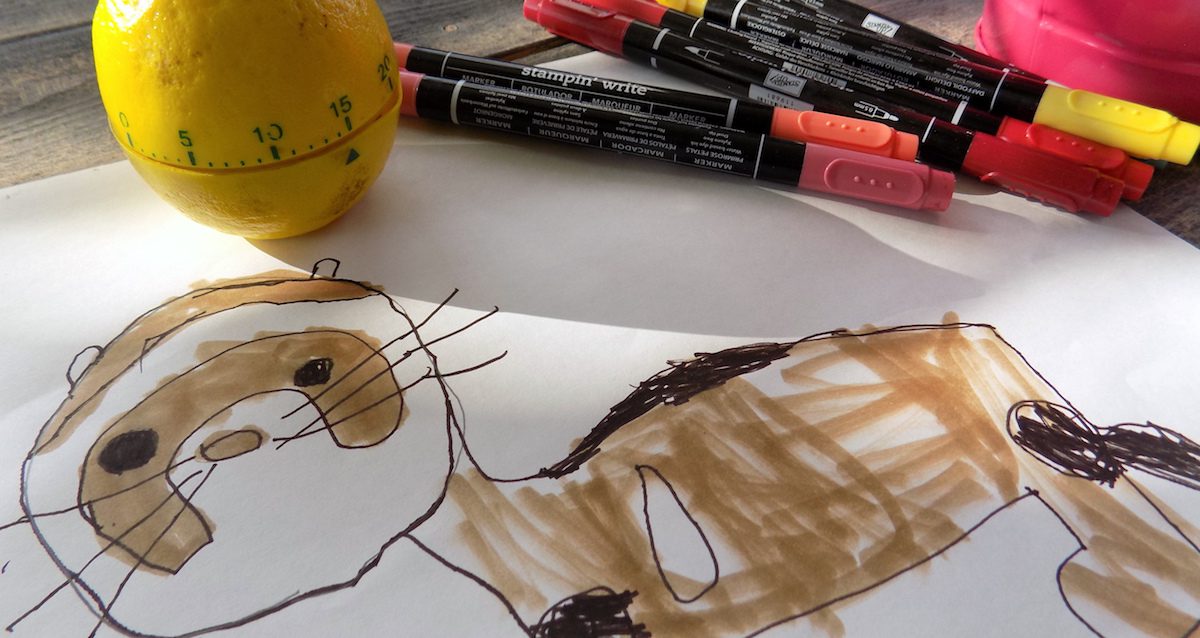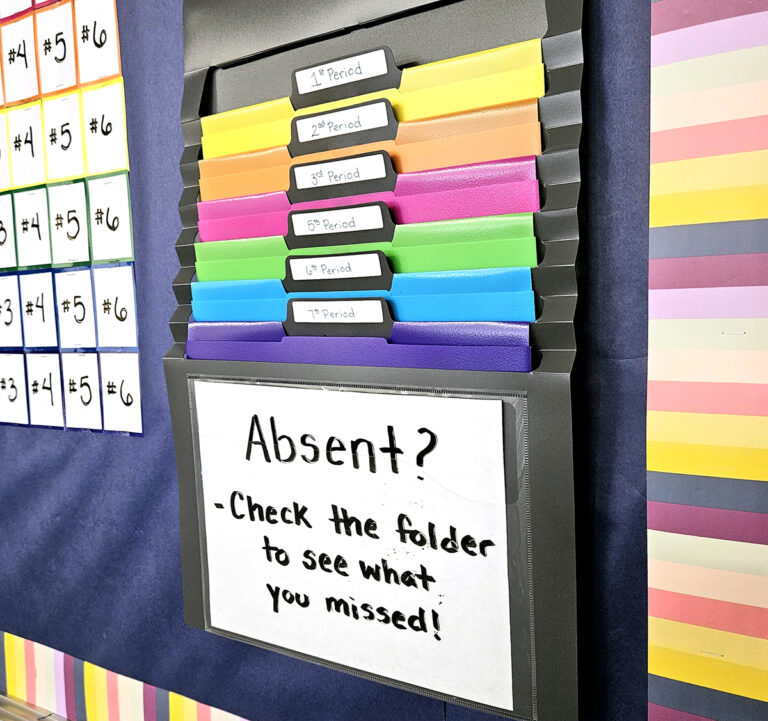We all experience moments of distraction. For example, you might be sitting at your computer trying to grade or update your blog, or, ahem, write an article, when all of a sudden, you find you’ve been shopping for shoes on Amazon for 30 minutes. These events are part of the human condition; they are to be expected! So, it’s no wonder even our most focused art students will get off-task from time to time. But as educators, we have an opportunity and an obligation to provide structures to help our students be more purposeful and thoughtful during class.
If your students are off-task, it’s important to discern whether or not the behavior is symptomatic of a larger issue. Let’s take a look.
If you find yourself having to correct off-task behavior only sometimes or only at certain age-levels or in certain classes, you likely don’t have an underlying problem. However, if you are constantly dealing with off-task behavior across the board, the first step is to evaluate and reflect on your own instruction.
Ask yourself:
- Are your students off-task in a developmentally appropriate way, or are they off-task because they are disconnected from your curriculum?
- Are your students interested and invested in their art projects because they are relevant to their lives? Or is an underlying lack of investment leading to these off-task behaviors?
If you suspect a lack of personal connection to the art is the issue, the first response could be the introduction of a little more student choice into your art room. This might mean offering more options related to the subject matter or widening the choice of materials available to students.
Once you are confident the curriculum is engaging and relevant to your students, off-task behavior should decrease. You are helping to create behaviors geared toward learning the lifelong skills of effective time management and self-regulation.
Here are eight simple strategies you can introduce this fall to help your students stay on-task and make meaningful progress.
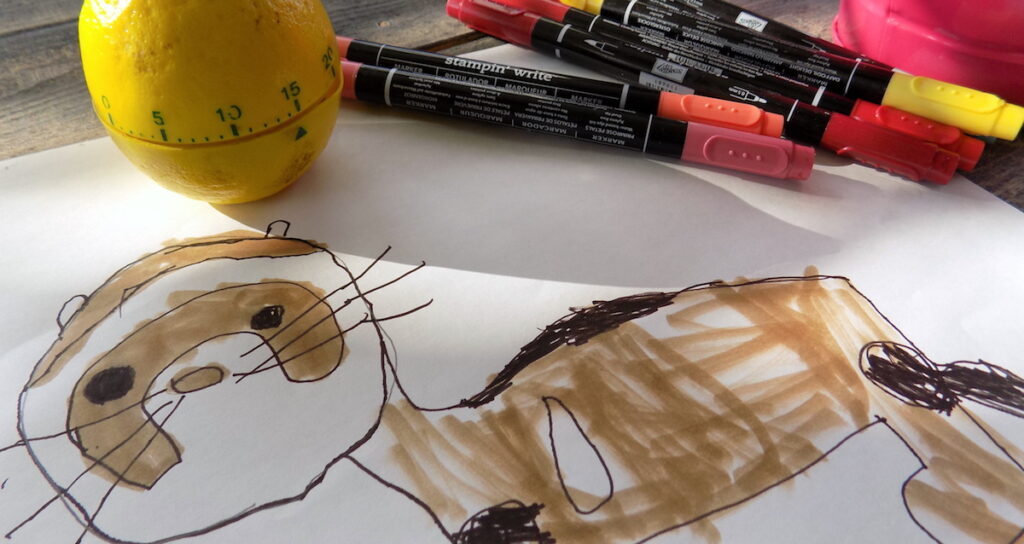
1. Provide focus through student goal setting.
Purposeful progress can’t be made without a well-defined direction. One excellent strategy for providing direction is to encourage personal goal setting. This could be done formally, with a goal-setting worksheet or a quick goal statement written in a sketchbook. Or, goal setting can sometimes be equally successful when implemented informally. To do this, have students share a goal with a partner or in small groups at their table. Either way, off-task behaviors are minimized when students have a clear vision of success in their minds.
2. Create awareness with countdown timers.
Time management skills require being cognizant of passing time. For students young and old, a clock or countdown timer can be a helpful tool to help foster this attentiveness. Consider purchasing a large format timer, or use an online version, projected onto your overhead screen. Both methods create a deeper awareness of the time left to complete a task, which can be a huge motivator.
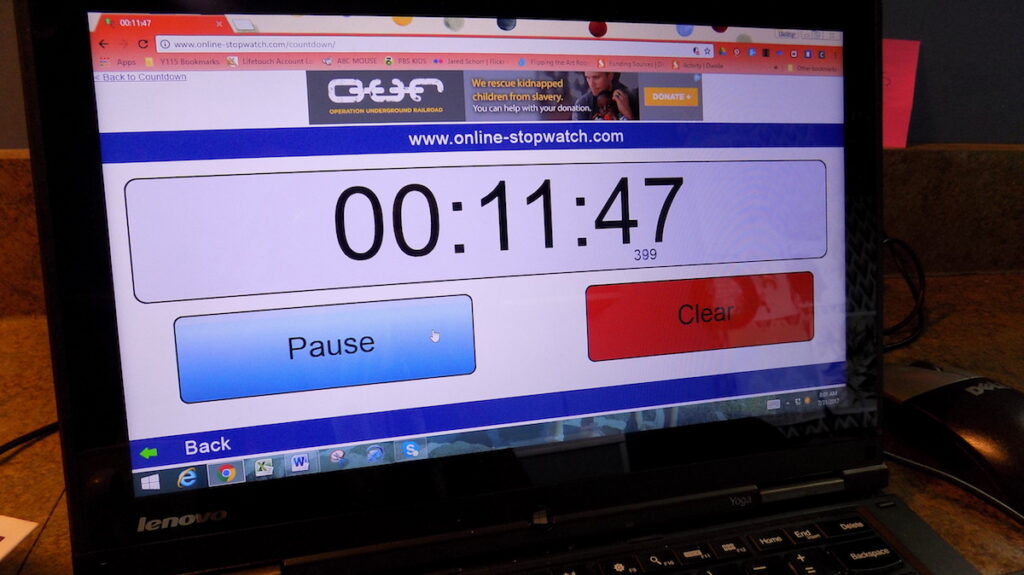
3. Encourage peer accountability partners.
Adults frequently use accountability partners to keep one another on track toward diet or fitness goals because it’s easier to stay on track when a friend is involved. Why not employ the same strategy within your art room to minimize off-task behavior? Assign accountability partners or have students self-select partners. Encourage partners to check in with one another in an informal critique capacity at several points during class so they can share progress and keep on track toward project completion.
4. Allow students to “sharpen the axe.”
We’ve all heard the old adage it is easier to chop a lot of wood when you take the time to stop and sharpen the axe. In the same way, taking a structured break can reinvigorate the artistic process. Demonstrate and model how to take brief breaks and transition quickly back into productive work mode. Whether it is a quick bathroom break, a brief time allotted for social conversation, or a whole brain learning break, there are lots of ways to let your students let their brains rest a bit. For whole group breaks, consider gonoodle.com.
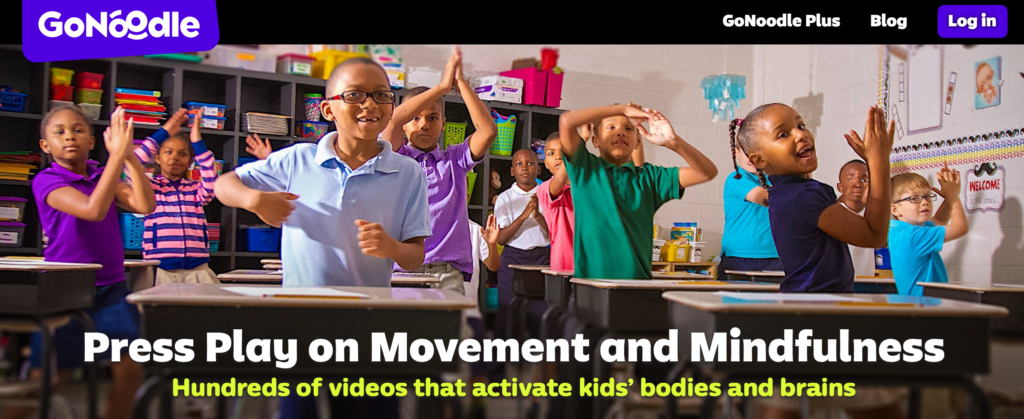
5. Provide project benchmarks.
Knowing the expected timeframe for various steps of a particular project helps students understand how to better allocate their time. By providing your students with an expected timeline, they can see how their working speed is measuring up. One way to do this is to start by taking the total amount of time (whether minutes or weeks) you are allotting for a particular project. Then, list each task or process involved in chronological order. Finally, assign an expected amount of time for each portion and post it for students to see. Of course, students may naturally deviate from the timeline, but it can offer a helpful overview to keep everyone on track.
6. Implement “Ask three, ask me.”
Sometimes, students get off-task when they are not sure how to proceed with a project. With many students and a single art teacher, it can often take a while for students to get individual attention to answer the question at hand. To eliminate this challenge that often leads students off-task, implement the “Ask 3, then ask me” strategy. When you are busy helping individual students, encourage kids to ask three friends if they know the next steps or a strategy to overcome the stalled-out portion of the project. If, after talking with three peers they still are unable to proceed, then they can ask you. This eliminates long lines and empowers students to gather instructional information from one another instead of getting off-task.
7. Incorporate printable checklists.
Frequently, when a project or process encompasses many steps, students can get off-task because they don’t understand or remember the directions. Try creating a brief checklist that lists each step in order. Make and distribute copies to each student so they can check off each step of the process as they complete it. This eliminates off-task behavior due to not knowing how to proceed.
8. Hold direction-focused conferences.
Rather than circulating the room and addressing student challenges as you see them, consider a more structured system to hold kids accountable and keep them on task. Tell each student they will have a 60-second mini-progress conference with you sometime during the class period. Move through your class roster. Keep the conference short and sweet. Limit your discussion to two questions. What have you been working on and what are your next steps?
Novelty keeps things surprising and keeps students on their toes. Use a mixture of these eight strategies throughout the year to keep your artists motivated and on-task!
What strategies do you use in your classroom to keep kids on task?
How do you keep yourself on task as a teacher?
Magazine articles and podcasts are opinions of professional education contributors and do not necessarily represent the position of the Art of Education University (AOEU) or its academic offerings. Contributors use terms in the way they are most often talked about in the scope of their educational experiences.
